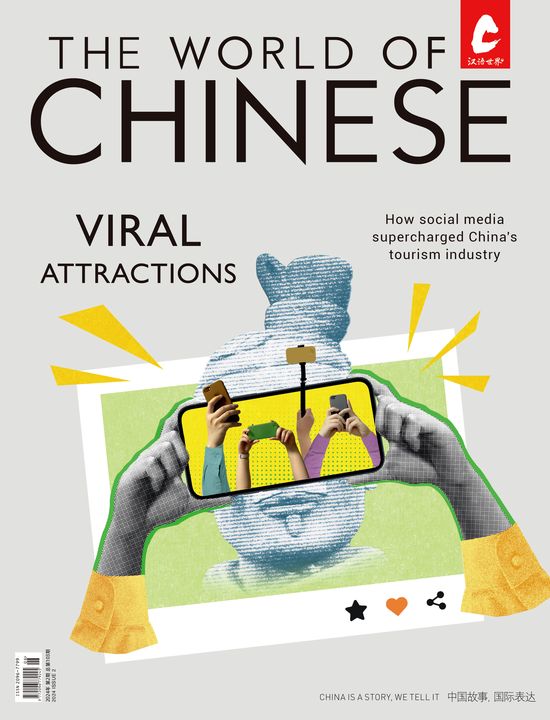From cram academies to meeting celebrity scholars, preparation for ancient China’s civil service exams was both similar and different to test-prep today
As one of the most (in)famous parts of China’s modern education system, the gaokao, or university entrance exam, shuts down entire cities every June. Construction is halted, square-dancers are muted, and even barbecue stalls in the city of Zibo are reportedly closing in order to not distract students before what’s said to be the most important exam of their life.
Chairman Mao once said, “Fight no battle unprepared (不打无准备之仗),” and this saying is often quoted today to refer to the superstitions and “gaokao factories” (intensive test-prep high schools) that some students and their parents resort to for exam success.
Some of these methods had their historical equivalents in the keju (科举), or examinations for selecting civil service officials (which even had a test for children), while other ancient test-prep methods were rather unique:
Test-preparation courses
Just like today’s cram schools (until they were outlawed by the “double reduction” policy two years ago), there were also test preparation courses for keju examinees. These were mainly offered by private academies, or shuyuan (书院), founded by famous Confucian scholars. First appearing in the Tang dynasty (618 – 907), shuyuan were originally places where scholars could teach the classics and spread their academic wisdom. But as the civil service exam system became standardized, test-preparation gradually became a major business for shuyuan.
The Lize Academy (丽泽书院) founded by famous scholar Lü Zuqian (吕祖谦) in the Southern Song dynasty (960 – 1279) was a very successful test-prep institution. Besides teaching basic knowledge and test skills, Lü even compiled a textbook for the keju, called Study on The Commentary of Zuo (《左氏博议》). The book contained 168 essays based on the historical text The Commentary of Zuo (《左传》), and each essay could be used as a model for answering the “discourse on politics” section in the exam.
It’s said that the book was popular among young scholars, who gave it the name “Yellow Book (黄册子)” due to its yellow cover. But it also attracted criticism. Liu Fu (刘黼), a scholar and government official of the Southern Song, wrote in a poem: “What’s the meaning of this shabby yellow book? Its only function is to help people come out on top in an exam. (区区黄册子,所事惟夺魁).”













